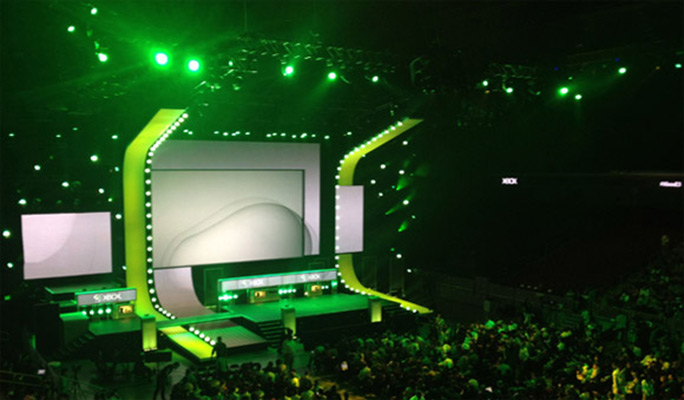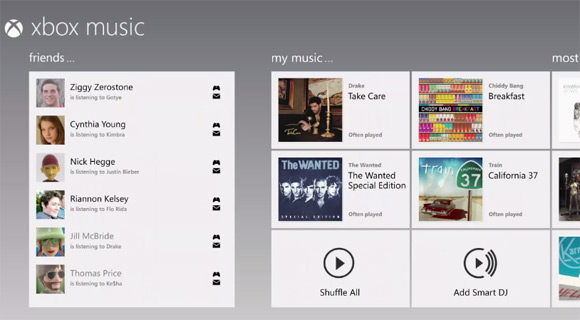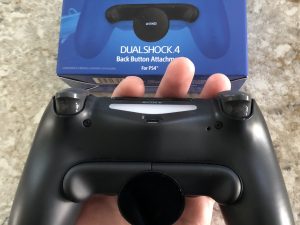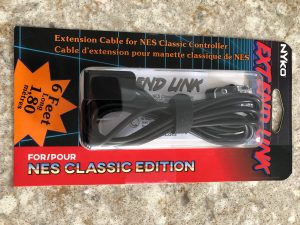Microsoft built quite a stage and put on one sexy presentation at the Electronic Entertainment Expo today. Rather than sit through the whole show, I’ll tell you what you need to know (and purposely omit what you don’t) in just a few words.

The presentation opened up with a trailer and campaign game-play of Halo 4, the most anticipated game of 2012. The graphics are stunning as usual, the audio effects sounded much improved, and campaign gave us a glimpse of new weapons and AI enemies.
Next up was a vague sneak peek at what Microsoft is calling Xbox Music. All anyone could gather is that the guys want us to know they have a library featuring 30 million songs, it can be accessed by Windows 8 devices, and there is some kind of social sharing. Is this the iTunes killer? Nope. R.I.P Zune? Yes.

Kinect flexed its’ muscles by showing off what exercising should look like on a gaming system. Nike has partnered with the software giant to create Nike+ Training to deliver what they are calling expert level home fitness.

The presentation then moved on to criticize how others have tried to bring browsing to the TV but consistently fail with clunky slow loading browsers and how this time, Microsoft has it figured out with a voice and hand controlled Internet Explorer 8 on the Xbox. The favorites jump menu appeared to give users a quick step in the right direction and the demoed interactive websites seemed to perform with no noticeable lag.

Lastly, Microsoft rolled out the curiously named SmartGlass, a system that allows entertainment creators to deliver users an “enhanced experience” on the 360.
In essence this means being able to watch your favorite TV show or movie while having relevant information sent to your mobile or tablet device. Examples included simple biographical information to fully interactive maps for shows like Game of Thrones.

It’s an interesting idea given the documented increase use of tablets while watching television but, I am curious to see just how many studios take the time to create this kind of added value content.
The service also touts the ability to finish watching shows which were started on a different device – a neat trick but, not likely widely utilized.
What SmartGlass will likely be used for is simply letting users control what they’re seeing on their TV with any smartphone or tablet device by scrolling, pinching, and zooming…which seemed to work well during the IE demonstration.
Keep an eye out for 360 updates this coming fall.






